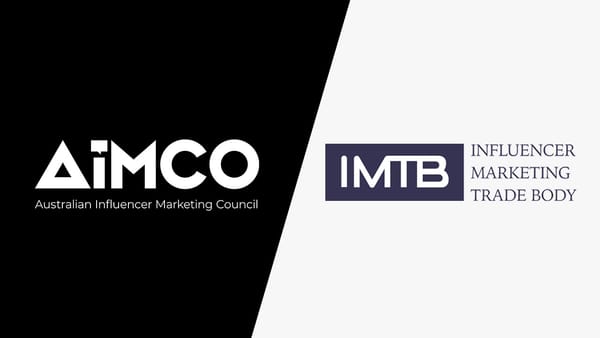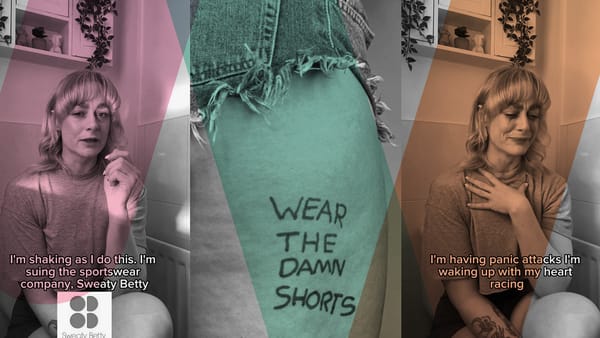So, why?
Memes are quick to digest, requiring little effort to understand and consume, which is one of the reasons why they are so popular. They tend to communicate something simple and relatable, as well as be quick reads. Meme accounts appeal to a broad range of millennials – the largest audience using Instagram – and tend to be topical, so feel current to audiences and reflect the fast-paced nature of social media and how audiences use it. They also fit perfectly with Instagram’s visual essence. The meme culture has boomed in the last couple of years and therefore brands and publishers are looking to meme accounts to form new partnerships and maximise their engagement. Brands are seeking creators of meme accounts to come up the witty content that may not come naturally to them, although, brands have to be careful not to get behind the wrong meme, otherwise their message could be outdated by the time the ad reaches their customers.High ROI
A meme is easy to share and if it’s done right, can go viral in minutes. Meme accounts with a small number of followers usually have higher engagement rates, so are cheaper than influencer accounts, for the time being. The accounts have brilliant engagement results, as they tend to be more stable with their engagement. As discussed on Forbes, taking a trending meme and applying it to a brand or product can be a fast way to resonate with your audience, resulting in strong brand awareness and high engagement. As reported on Digiday, social media agency Cult LDN is running a campaign with several meme accounts for its clients. Influencer benchmarking firm CampaignDeus reported that its calculated engagement rate is 3.5% for meme accounts in fashion, which is equal to mainstream influencers in the same vertical. Social agency We Are Social are also considering using meme accounts with brands as memes are native to the language of social media because they’re great for driving brand awareness.In addition, memes are another way to add personality to your communication as well as a more informal, human aspect to your content. If it’s done well, it’ll stick in your audience’s mind. If the right brand uses them, memes can promote a product without coming across as an ad, in turn seeming more attractive to audiences.Rather than using and relying on the influence of an individual, meme accounts use a specific format and humour to create specific content, which can give the creators flexibility when working with brands.Going private
Recently, a number of meme accounts have gone private on Instagram, hoping to stand out in what is perhaps becoming a crowded market on a changeable platform. It’s a technique that aims to get more followers because when a follower sends a post to their friends, that person has to follow the account in order to view it. If the account is public, users are able to always see the content and don’t feel the need to follow the account. As a result, it means that you have a highly engaged, specific audience. However, this has seen some users annoyed at having to ask permission to view a post when accepted followers can just screenshot the meme and forward it to friends anyway.Pros and cons
As memes tend to be topical, it is tricky for a viral meme to stay relevant for long periods, perhaps because of the content itself and oversaturation in the meme market. Brands have to be careful that by the time they post the post, it is still relevant and the internet world hasn’t moved on. The younger audience that uses Instagram tend to move on quickly anyway so it’s a game to stay relevant. Just like the influencer market, when something grows, it becomes more saturated and less organic. At the moment, meme accounts working with brands is sparse so aren’t as in-demand as influencers but as they grow, brands are wanting a slice of the action as they become smarter in the way they publish content on social media.







